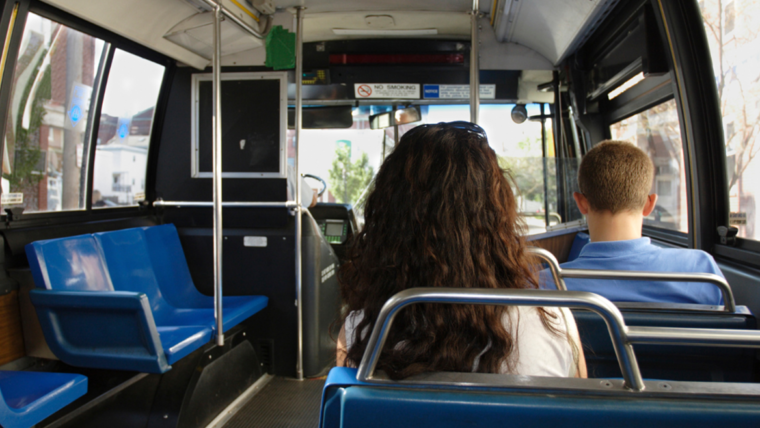The XXIV Sustainable Energy Forum debates about how energy communities can be an essential element to leave no one behind energy transition.
FES 2023 put their effort to discuss one of the most interesting topics for those who dedicate their efforts to reduce energy poverty and achieve a fair and equal energy transition for all: energy communities. Aniol Esquerra, president of Ecoserveis kicked off the conference introducing the Sun4All project. Federica Giardina, energy consultant, introduced the idea of vulnerabilities and vulnerable groups related to energy transition initiatives from two European projects: Comage and TANDEM. During the presentation, she has emphasized that especially on TANDEM the vulnerabilities are recognized in the energy transition initiatives to try to design pathways towards a more fair and equal transition.
The vulnerability can be studied and noticed from different fields and disciplines. -Federica Giardina.
Giardina has also highlighted that vulnerability can be studied and notices from different fields and disciplines. From the humanitarian field means to give the same opportunities to everyone, while on a socioeconomic perspective, it would have to refer on how a family can be affected negatively because of an external factor. Within the concept of vulnerability, the energy expert has reminded that there are three types: inherent, induced, and contextualized, depending on the situation. It is about a relational, multidisciplinary, and dynamic concept.
Energy communities as a tool in front of energy poverty
The second part of the FES 2023 has been taken care of María Pardillos, in charge of of Energy Poverty in Amigos de la Tierra. She has introduced the study results about energetic communities as a tool to face energy poverty, made by the organization that she is part of. In this sense, she has reference to this tool as an energetic transition alternative of macro projects, allowing stop depending on multinationals and gives the decision power to people. Only in this way, Padillo assured, a fair energy transition can be achieved.
During the conference there has been referred to the concept energetic transition as an alternative to energy poverty, as it is considered that this last one focuses on the responsibility of people that live in this situation, when what it is needed is expose a given situation. However, the energy precarity concept shows how the system maintain these vulnerabilities, and it is identified as a starting point to be addressed from a community, based on the idea of energy as a basic right.
Within the study made (that has analysed the different energy existent communities), Padillos has highlighted the next conclusions:
- Support inclusivity and participation: Avoiding welfare measures, through a fee waiver of payment quotes for people in a situation of energy insecurity or producing neighbourhood and social networks in the territory. With a horizontal participation model.
- Ensure access to energy as a right: Guaranteeing that public subsides can be maintained and not restricted to a single central marketer. It is also necessary to avoid welfarist forms of assistance.
- Consider the rehabilitation of housing (in a community-based manner): Promoting energy audits, driving initiatives of rehabilitation as a body, and constituting itself as a rehabilitation cooperative, with collective funding and spaces for advice and support.
- Empower citizens to become involved in the solutions: Through training activities, one-way training from experts to passive people or even victims, creating spaces of trust with mutual support.
Roundtable
The debate, moderated by the energy consultant Paco Jofre, was attended by Pau Pañella (Osona Energy Agency), Sergi Delgado (S4A), Neus Miró (FITES cooperative) and Gaia (BATEC). Gaia, coordinator of Batec and founding partner of the Bordeta energy community, wanted to highlight the major ways that have made it possible to set up the energy community under discussion:
- Citizen community driven by neighbourhood organisations.
- Support from the city council.
- In the absence of a community model. The Barcelona Energy Agency.
- Objectives of energy reduction, rehabilitation efficiency linked to the renewable electricity and heat generation, and shared mobility.
- Reduce the neighbourhood vulnerability as the main objective.
- Vote rights for all members.
Neus Miró, from the cooperative FITES Terres de l’Ebre, spoke about support services and how essential they are to avoid recreating patterns in the spaces of active listening to people who are vulnerable to the system. In her project, she explained that the focus is on people in vulnerable situations and priority is given to listen to citizens and technical groups.

Sergi Delgado, Barcelona Energy Agency, has detailed how the European project in which he is involved, the Sun4All, works. An initiative to bring solar energy where there are more difficulties. As expected during the second year of the project, they want to replicate the model in people who come to live in the building in question, they also want to add people from the surrounding area to be able to constitute it as an energy community.
Pau Pañella, from the Osona Energy Agency, spoke about how citizens should be involved in the energy transition. In order to do this, it is necessary to promote programs to promote energy communities with dissemination an exposure from the beginning. Currently, there are 21 energy communities in Osona (23 municipalities). From here, the second degree cooperative (Osona energy cooperative) has been created to ensure the economic viability of the energy communities in the long term.
Challenges dynamic
One of the most exciting moments of the day was related to the dynamic guided by Alba del Campo, energy expert and coordinator of the EPAH project. A session to create and put into practice everything that has been analysed so far. In 5 groups in total, those attending the Sustainable Energy Forum were able to discuss proposals and challenges for the deployment of energy communities.


Download the conclusions of the dynamic




